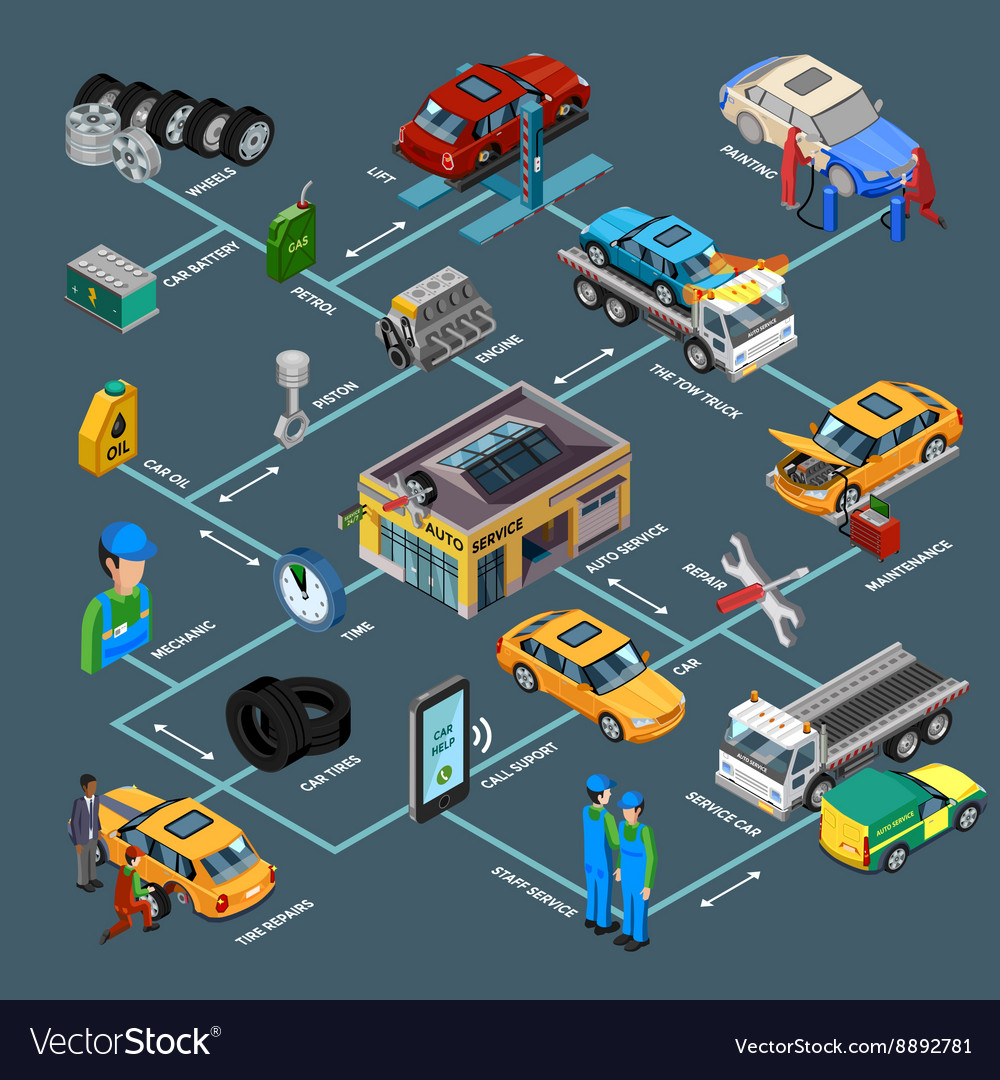Comprehending The Value Of Your Vehicle'S Warning Signals: What They Really Stand For
Comprehending The Value Of Your Vehicle'S Warning Signals: What They Really Stand For
Blog Article
Short Article Author-Faulkner Winters
When you lag the wheel, those glowing caution lights on your dashboard can be a bit puzzling. Do you know what they're trying to inform you about your auto's wellness? Recognizing the value of these lights is vital for your security and the long life of your automobile. So, the next time among those lights pops up, would not you intend to decipher its message properly and take the essential steps to address it?
Common Caution Lighting and Interpretations
Identify common caution lights in your auto and understand their meanings to make sure safe driving.
The most typical caution lights include the check engine light, which indicates problems with the engine or discharges system. If this light comes on, it's crucial to have your automobile checked without delay.
The oil stress warning light indicates reduced oil stress, needing prompt attention to stop engine damage.
A flashing battery light may suggest a malfunctioning charging system, potentially leaving you stranded if not addressed.
The tire stress surveillance system (TPMS) light alerts you to low tire pressure, affecting lorry stability and fuel effectiveness. Ignoring this could lead to unsafe driving problems.
The ABS light shows a trouble with the anti-lock braking system, endangering your capability to quit promptly in emergencies.
Finally, the coolant temperature alerting light warns of engine getting too hot, which can lead to extreme damages if not solved promptly.
Recognizing these common caution lights will certainly help you resolve problems quickly and maintain secure driving conditions.
Importance of Prompt Attention
Understanding the typical warning lights in your car is just the first step; the significance of promptly addressing these warnings can't be stressed sufficient to ensure your safety and security when driving.
When a caution light illuminates on your dashboard, it's your vehicle's method of connecting a potential problem that requires interest. Disregarding these warnings can cause extra serious problems in the future, endangering your safety and potentially costing you a lot more out of commission.
Prompt focus to advising lights can stop malfunctions and mishaps. As an example, a blinking check engine light can indicate a misfire that, if left unattended, can cause damage to the catalytic converter. Addressing auto valet can save you from a costly repair service.
Likewise, a brake system alerting light may indicate low brake fluid or worn brake pads, vital parts for your safety when driving.
DIY Troubleshooting Tips
If you see a caution light on your dashboard, there are a few DIY fixing pointers you can try before looking for professional aid.
mobile car detailing auckland is to consult your car's guidebook to recognize what the specific caution light indicates. Sometimes the problem can be as basic as a loose gas cap setting off the check engine light. Tightening up the gas cap might solve the issue.
Another usual concern is a low battery, which can cause various alerting lights. Inspecting the battery connections for deterioration and ensuring they're safe could take care of the trouble.
If a caution light persists, you can attempt resetting it by detaching the car's battery for a couple of minutes and then reconnecting it. In addition, checking your car's liquid degrees, such as oil, coolant, and brake fluid, can assist fix warning lights associated with these systems.
Verdict
To conclude, recognizing your car's caution lights is crucial for maintaining your car running smoothly and safely. By promptly dealing with these signals and knowing what they mean, you can avoid pricey repair work and possible breakdowns.
Bear in mind to consult your vehicle's handbook for certain information on each advising light and take action as necessary to ensure a trouble-free driving experience.
Remain informed, stay safe on the road!
